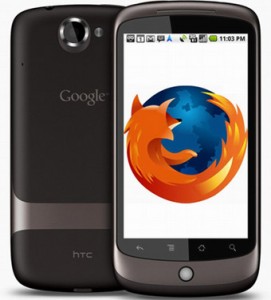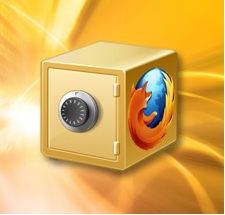Mozilla Firefox Safe Mode is the backup Internet browser when the regular Firefox Internet browser has bugs or technical issues. Safe Mode is a diagnostic tool used to troubleshoot issues with add-ons, themes or toolbars especially after software upgrades. In addition, it can also be used to compare the extension loaded Firefox with the default clean slate version of the browser, and speeds if there’s a worry about performance. From Safe Mode you can pin down conflicting issues and go back to the default installed state if necessary.
Open Firefox in Safe Mode
Microsoft Windows:
Click on the File menu located on the top of the Firefox window and select Exit. From your Windows desktop, click Start, then open All Programs and select the Mozilla Firefox folder. From here, select Safe Mode.
OR
Open Run command from the Start Menu, and type:
C:\Program Files\Mozilla Firefox\firefox.exe -safe-mode
Linux Distributions:
Open Terminal from the Applications Menu and Type:
/path/to/firefox/firefox -safe-mode
Mac OS X:
Navigate to Applications, then click on Utilities. Select Terminal and type:
Applications/Firefox.app/Contents/MacOS/firefox -safe-mode
Firefox will then start up with the Firefox Safe Mode dialog box.
Continue Firefox in Safe Mode
When the browser boots in Safe Mode, all customizations will be disabled by default. Safe Mode will not automatically load any extensions, themes, add-ons and toolbars. This is useful to check whether the problem involves these various elements or if it is some other hidden issue.
- Disable all add-ons – Firefox will start back up in its normal mode, except all extensions, themes, and plugins will be disabled.
- Reset toolbars and controls – Firefox will start back up in its normal mode, except any toolbar customizations you have made will be removed, such as position of buttons and toolbars.
- Delete all bookmarks except for backups – Firefox will delete your current bookmarks and replace them with the default set.
- Reset all user preferences to Firefox defaults – Any changes you have made to Firefox options will be set back to their default settings.
- Restore default search engines – Any of the default search engines previously deleted will be restored.
These options are activated if you select them in the Firefox Safe Mode dialog box.
Next, you’ll be presented with three options on the bottom of the dialog box: Make Changes and Restart, Continue in Safe Mode, and Exit.
Make Changes and Restart will only enabled if you select one of the boxes above it (which is discussed below).
Selecting Continue In Safe Mode initiates Firefox in its Safe Mode. While you are in Safe Mode, your extensions and themes will be disabled, and any toolbar customizations will be reverted back to their defaults. These changes are not permanent – when you leave Safe Mode and start Firefox up normally, your extensions, themes, and settings will return to the state they were in before you entered Safe Mode.
Exit cancels your attempt to get into Firefox’s Safe Mode.
Your Firefox browser will then boot in Safe Mode. Navigate through as you would on your regular customized browser and locate potential bugs and technical issues.











